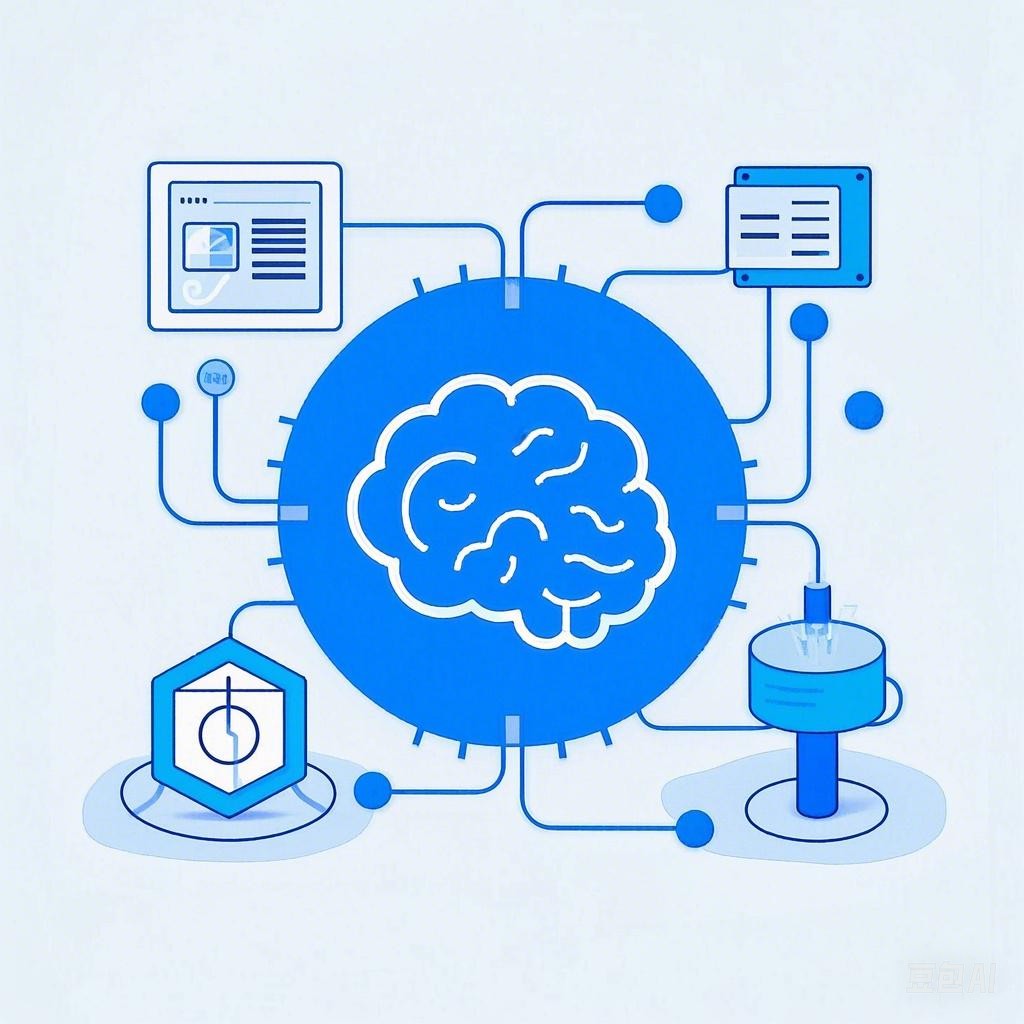引言
脑机接口(Brain-Computer Interface,BCI)是一种直接连接人脑与外部设备的技术,它通过读取大脑信号来控制外部设备或实现信息交流。随着技术的不断发展,脑机接口在医疗、教育、娱乐等领域展现出巨大的应用潜力。然而,随着脑机接口技术的广泛应用,其安全隐私问题也日益凸显。本文将探讨脑机接口的安全隐私双重保障策略。
脑机接口安全隐私问题
1. 数据泄露风险
脑机接口技术涉及大量敏感个人信息,如大脑活动数据、个人行为数据等。如果数据泄露,可能会被用于非法用途,如身份盗用、隐私侵犯等。
2. 隐私侵犯风险
脑机接口技术可能会收集用户的思维活动,这涉及到用户的隐私。如果隐私得不到保障,用户可能会对脑机接口技术产生抵触情绪。
3. 安全漏洞风险
脑机接口设备可能存在安全漏洞,黑客可能会利用这些漏洞窃取用户信息或控制设备。
安全隐私双重保障策略
1. 数据加密与安全传输
对脑机接口收集的数据进行加密,确保数据在传输过程中的安全性。同时,采用安全的通信协议,如TLS(传输层安全协议),保护数据在传输过程中的完整性和隐私。
import hashlib
from Crypto.Cipher import AES
def encrypt_data(data, key):
cipher = AES.new(key, AES.MODE_EAX)
nonce = cipher.nonce
ciphertext, tag = cipher.encrypt_and_digest(data)
return nonce, ciphertext, tag
def decrypt_data(nonce, ciphertext, tag, key):
cipher = AES.new(key, AES.MODE_EAX, nonce=nonce)
data = cipher.decrypt_and_verify(ciphertext, tag)
return data
2. 隐私保护技术
采用差分隐私、同态加密等隐私保护技术,在保证数据安全的同时,保护用户的隐私。
from Crypto.Cipher import SIV
def encrypt_data_with_siv(data, key):
cipher = SIV.new(key)
ciphertext = cipher.encrypt(data)
return ciphertext
def decrypt_data_with_siv(ciphertext, key):
cipher = SIV.new(key)
data = cipher.decrypt(ciphertext)
return data
3. 安全认证与访问控制
对脑机接口设备进行安全认证,确保只有授权用户才能访问设备。同时,采用访问控制机制,限制用户对数据的访问权限。
from Crypto.PublicKey import RSA
from Crypto.Cipher import PKCS1_OAEP
def generate_keys():
key = RSA.generate(2048)
private_key = key.export_key()
public_key = key.publickey().export_key()
return private_key, public_key
def encrypt_data_with_rsa(data, public_key):
key = RSA.import_key(public_key)
cipher = PKCS1_OAEP.new(key)
ciphertext = cipher.encrypt(data)
return ciphertext
def decrypt_data_with_rsa(ciphertext, private_key):
key = RSA.import_key(private_key)
cipher = PKCS1_OAEP.new(key)
data = cipher.decrypt(ciphertext)
return data
4. 监管与法律法规
制定相关的法律法规,对脑机接口技术进行监管,确保技术发展符合国家利益和用户权益。
总结
脑机接口技术在应用过程中,安全隐私问题不容忽视。通过数据加密与安全传输、隐私保护技术、安全认证与访问控制以及监管与法律法规等策略,可以有效保障脑机接口技术的安全隐私。随着技术的不断进步,我们有理由相信,脑机接口技术将在保障安全隐私的前提下,为人类社会带来更多福祉。
